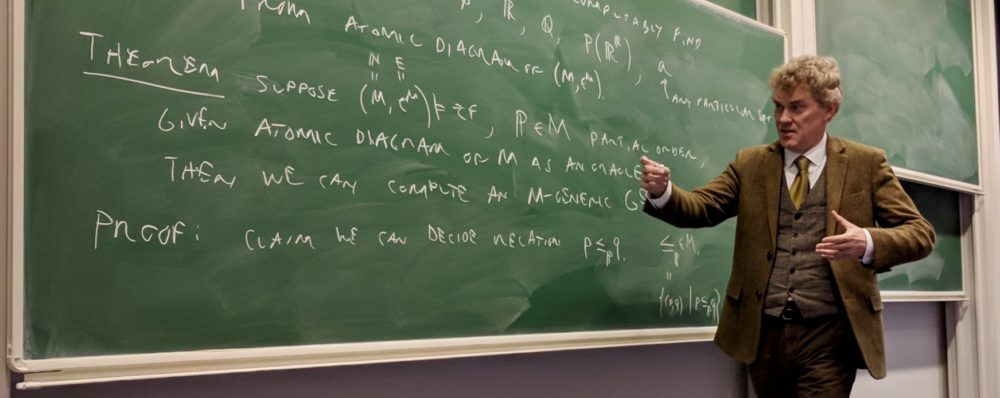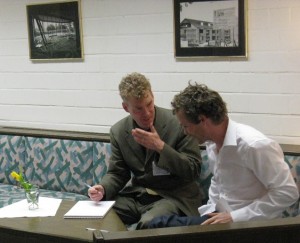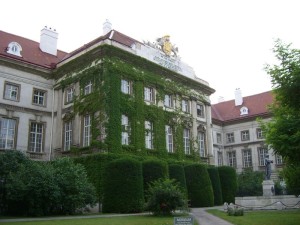J. D. Hamkins, Research in Set Theory, National Science Foundation, NSF DMS 0800762, June 1, 2008 — May 31, 2012.
Summary abstract: Professor Hamkins will undertake research in the area of mathematical logic known as set theory, pursuing several projects that appear to be ripe for progress. First, the theory of models of arithmetic, usually considered to stand somewhat apart from set theory, has several fundamental questions exhibiting a deep set-theoretic nature, and an inter-speciality approach now seems called for. The most recent advances on Scott’s problem, for example, involve a sophisticated blend of techniques from models of arithmetic and the Proper Forcing Axiom. Second, large cardinal indestructibility lies at the intersection of forcing and large cardinals, two central concerns of contemporary set-theoretic research and the core area of much of Professor Hamkins’s prior work, and recent advances have uncovered a surprisingly robust new phenomenon for relatively small large cardinals. The strongly unfoldable cardinals especially have served recently as a surprisingly efficacious substitute for supercompact cardinals in various large cardinal phenomena, including indestructibility and the consistency of fragments of the Proper Forcing Axiom. Third, Professor Hamkins will investigate questions in the emerging set-theoretic focus on second and higher order features of the set-theoretic universe.
This research in mathematical logic and set theory concentrates on topics at the foundations of mathematics, exploring the nature of mathematical infinity and the possibility of alternative mathematical universes. Our understanding of mathematical infinity, fascinating mathematicians and philosophers for centuries, has now crystallized in the large cardinal hierarchy, and a central concern of Professor Hamkins’ research will be to investigate how large cardinals are affected by forcing, the technique invented by Paul Cohen by which set theorists construct alternative mathematical universes. The diversity of these universes is astonishing, and set theorists are now able to construct models of set theory to exhibit precise pre-selected features.
In his final project, Professor Hamkins will pursue research aimed at an understanding of the most fundamental relations between the universe and these alternative mathematical worlds.



